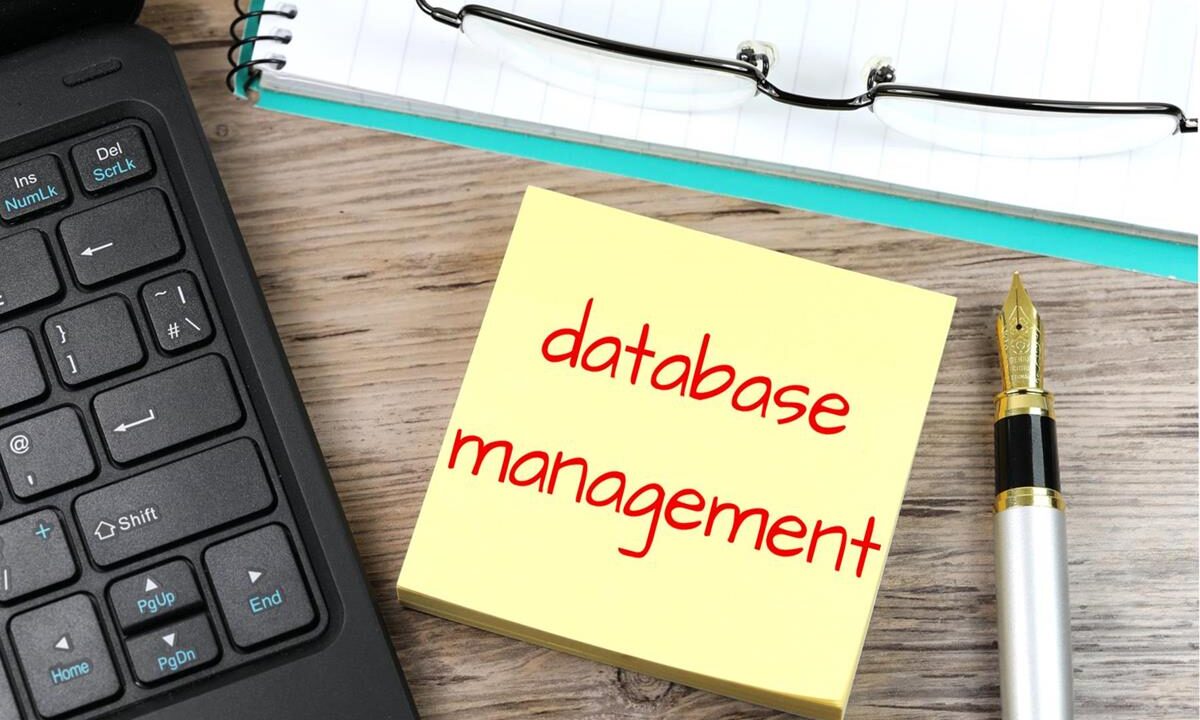
Maximizing Efficiency with MySQL and PostgreSQL
Understanding the Power of Database Management Systems
Database Management Systems (DBMS) play a pivotal role in modern data-driven applications. They serve as the backbone, providing a structured framework to organize, store, and retrieve vast amounts of data efficiently. Two prominent players in this domain are MySQL and PostgreSQL. Let’s take a closer look at their unique offerings and discover how they can revolutionize your data management experience.
MySQL: Unleashing the Potential
MySQL, an open-source relational database management system, is renowned for its robustness, speed, and scalability. Powering countless websites, applications, and enterprise systems, MySQL excels in managing structured data. Its architecture, based on a client-server model, ensures seamless connectivity and facilitates multi-user collaboration.
MySQL offers a rich set of features, including support for transactions, stored procedures, and triggers. Its versatility allows developers to build dynamic applications with ease, while the comprehensive documentation and extensive community support make troubleshooting a breeze. With its high-performance indexing mechanisms and efficient query optimization, MySQL ensures rapid data retrieval, delivering exceptional user experiences.
PostgreSQL: Embracing Flexibility
PostgreSQL, another open-source DBMS, focuses on flexibility and extensibility. It shines in managing complex and unstructured data, making it an ideal choice for diverse use cases. Renowned for its compliance with ACID (Atomicity, Consistency, Isolation, Durability) principles, PostgreSQL ensures data integrity and reliability. The advanced features of PostgreSQL, such as support for JSON, XML, and geospatial data, empower developers to handle diverse data types effortlessly. Additionally, its extensive library of extensions allows customization and enhances functionality according to specific project requirements. With robust security measures, including role-based access control and SSL encryption, PostgreSQL ensures the protection of sensitive information.
Best Practices for Database Management
Efficient database management is crucial for optimal system performance and smooth operations. Let’s explore some best practices that can help you streamline your database management process and unleash the full potential of MySQL and PostgreSQL.
1. Designing an Optimal Database Structure
Creating a well-structured database is the foundation for efficient data management. Carefully analyze your application’s requirements and design a schema that organizes data logically. Normalize your tables to minimize redundancy and ensure data integrity. Utilize primary and foreign keys to establish relationships between tables, facilitating efficient data retrieval.
2. Indexing for Enhanced Performance
Proper indexing significantly enhances query performance and accelerates data retrieval. Identify frequently accessed columns and create appropriate indexes to optimize query execution. However, excessive indexing can adversely affect write operations, so strike a balance by indexing selectively and monitoring performance metrics.
3. Efficient Query Optimization
Crafting efficient queries is crucial for minimizing response times and maximizing throughput. Understand the query execution plan generated by the database optimizer and optimize it for better performance. Utilize appropriate joins, filters, and aggregations to narrow down the result set, and consider denormalizing data if necessary.
4. Regular Database Maintenance
Regular maintenance tasks, such as updating statistics, reorganizing indexes, and monitoring disk space, are essential for ensuring database health and performance. Schedule routine maintenance activities to detect and resolve issues proactively, optimizing system performance in the long run.
5. Data Backup and Recovery Strategies
Implement robust backup and recovery mechanisms to safeguard your data against accidental loss or corruption. Regularly schedule backups and store them securely, both on-site and off-site. Test your recovery processes periodically to ensure data integrity and minimize downtime in case of a disaster.
Frequently Asked Questions (FAQs)
Here are some common queries related to database management and their concise answers:
1. What is the difference between MySQL and PostgreSQL?
MySQL and PostgreSQL differ in their approach and feature sets. While MySQL excels in speed and scalability for structured data, PostgreSQL focuses on flexibility and extensibility, making it a preferred choice for handling complex and unstructured data.
2. Can I migrate my existing MySQL database to PostgreSQL?
Yes, it is possible to migrate a MySQL database to PostgreSQL. However, the process requires careful planning and consideration of differences in syntax, data types, and features between the two systems. Consulting the official documentation and seeking expert assistance is recommended for a smooth migration.
3. How can I optimize query performance in MySQL and PostgreSQL?
To optimize query performance, ensure proper indexing, analyze and understand the query execution plan, and make appropriate adjustments. Additionally, denormalizing data, using caching techniques, and optimizing hardware resources can further boost performance.
4. What security measures should I consider for my database?
To enhance database security, enforce strong password policies, implement role-based access control, enable SSL encryption for data transmission, and regularly apply security updates. Regular audits and vulnerability assessments can help identify and address potential security risks.
5. Are there any cloud-based solutions available for MySQL and PostgreSQL?
Yes, both MySQL and PostgreSQL offer cloud-based solutions that provide managed database services. These services handle administrative tasks such as backups, software updates, and scaling, allowing you to focus on application development and data management.
Top Selling Category, Products, and Brands
Top Selling Category: “Cutting-Edge Data Analytics Tools”
In the realm of database management, cutting-edge data analytics tools are gaining immense popularity. These tools provide advanced features for data exploration, visualization, and predictive analytics, empowering organizations to derive valuable insights from their data.
Top Selling Products:
- “InsightMaster Pro: Unleash the Power of Data Visualization”
- “DataSense AI: Harnessing Artificial Intelligence for Advanced Analytics”
- “IntelliQuery: Intuitive Query Builder for Effortless Data Retrieval”
- “PredictX: Empowering Business Decisions with Predictive Analytics”
- “StreamlineDB: Next-Generation Database Performance Optimization Suite”
Top Selling Brands:
- “DataMaster Innovations: Pioneering Data Management Solutions”
- “TechSense Analytics: Transforming Data into Actionable Intelligence”
- “InfoTech Solutions: Driving Business Growth through Data Optimization”
- “AnalytiX Pro: Accelerating Data-Driven Decision Making”
- “InsightEdge Technologies: Unleashing the Potential of Data Analytics”
Conclusion
In this comprehensive guide, we have explored the realm of database management, focusing on MySQL and PostgreSQL. By understanding their unique strengths and best practices for efficient management, you can optimize your database systems to deliver exceptional performance, security, and scalability. Remember to analyze your application’s requirements, design an optimal database structure, and follow industry-leading practices to unlock the full potential of these powerful DBMS solutions. With the right approach and a solid foundation in database management, you can drive your applications to new heights and stay ahead in today’s data-centric world.







